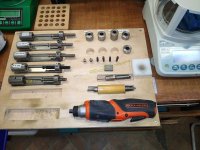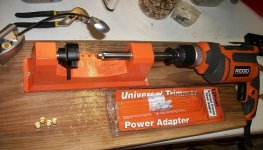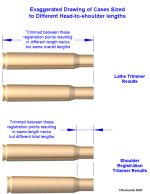kilotanker22
New member
I am shooting so much and stock piling ammunition lately that Brass prep is taking me way too much time. I would like to hear recommendations on case prep centers. Something I can use to precisely trim, debur, chamfer and clean primer pockets on. Currently Brass prep consumes about 80% of my time at the bench. The other 20 is mostly weighing every charge.
I shoot and load far too many cases now to pheasibly continue to trim, debur and chamfer manually.
Any advise is much appreciated.
I shoot and load far too many cases now to pheasibly continue to trim, debur and chamfer manually.
Any advise is much appreciated.
Last edited:



